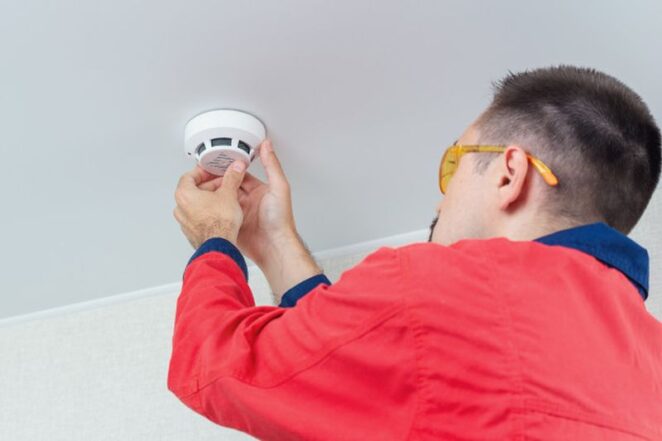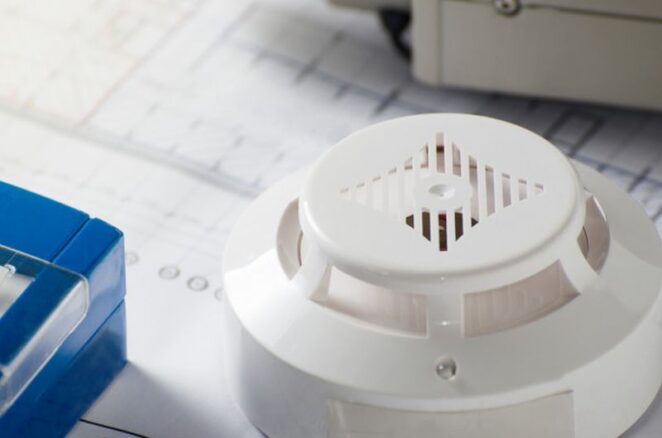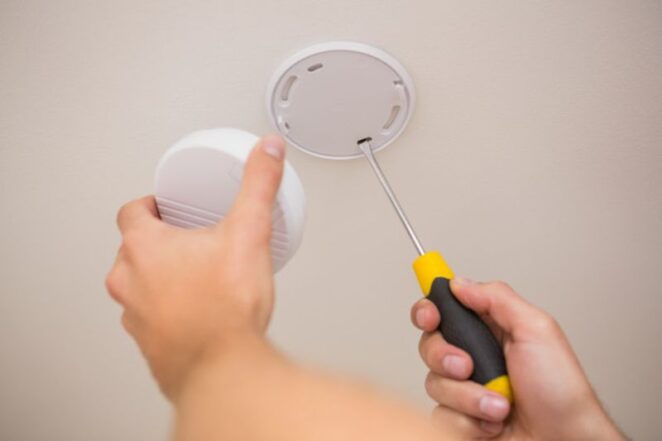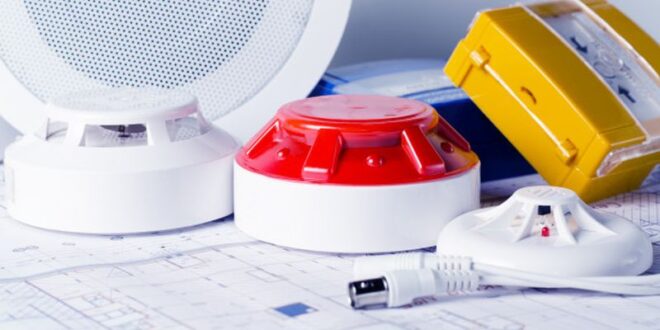Carbon monoxide is a gas not so easy to detect without adequate equipment, while it might cause severe intoxication and even fatal outcomes if a person is exposed to it for a sufficient period. Due to lack of odor and absence of any characteristic features that would distinguish it from its surroundings, people fail to notice when they are around it and suffer from exposure without even being aware of it. What you should do to secure the safety of your loved ones and yourself is to install carbon monoxide alarms in your household and be warned if any leakage happens. Thus, read the following lines and learn how to properly equip your home with adequate devices.
Since carbon monoxide is a product of partial combustion of particular fuels, it can be found in almost any household that has inadequately functioning appliances powered by those fuels. Namely, if you are not aware that your gas-powered water heater is malfunctioning, the chances that you will suffer from carbon monoxide exposure are major, that is, if you do not have an alarm that will inform you about the presence of the targeted substance in the room. Having an adequately placed gadget that will inform you about hazardous situations can save lives, so knowing where to position it is of utter importance for the whole household.

Garage
Unfortunately, a great number of victims due to carbon monoxide poisoning has lost their lives by accidents caused by themselves. Namely, what you should never do is to leave the engine of your vehicle running inside the garage while the doors are closed because it would cause the area to be filled with harmful exhaust gases, such as carbon monoxide. If there is no alarm to inform you about the presence of poisonous gas, you can easily suffer from exposure since there is no other way to notice the high concentration of the substance, due to its transparency and the absence of any smell.
Another thing you should worry about positioning the alarm is to place it at least 5ft from the ground since it is lighter than the air and would go up if it is released in a closed room. Even if you install the alarm adequately, do not take your chances and avoid leaving the engine running while you are in a closed area without ventilation.
Near Devices Powered by Different Fuels
You might have a boiler powered by coal or wood and a water heater that gets its energy from gas. Apart from that, it would not be unusual to have a gas cooker and a few more devices charged by different types of fuels whose incomplete combustion has carbon monoxide as a consequence. The most ideal scenario would be to place an alarm near every device that uses the aforementioned types of fuel, but not closer than 3 feet away from the appliance.
As we mentioned earlier, the alarm should be approximately in level with your head or higher, so you can mount it on a wall or even pin it to the ceiling. It is of utter importance to highlight that you should always read the instruction manual of a particular model, so if you are interested in finding out what type of carbon monoxide detector would fit your needs, X-Sense might have the answers you are looking for.

Close to Your Bedroom
For your consideration, the highest percentage of carbon monoxide exposures happens during the night, while the affected individuals are asleep. In most cases, accidents happen due to either faulty detectors or the absence of adequate alarms in the first place. Namely, if you do not have numerous devices powered by combustion fuels or you simply do not want to invest in multiple detectors, what you should do is place the device near your sleeping area so you could be awake if an unexpected leak occurs during the night. If the detector awakes you from your sleep, you should not be worried, moreover, you should calmly open the windows and leave the area until repairmen come to fix the damage.
Every Floor Should Be Covered
If you live in a multiple-floor building, you should make sure that every area of your household is covered with carbon monoxide detectors. Even the basement should be secured, considering that it is the most commonplace for placing boilers for central heating systems. Since it is hard to pay attention to every single floor of a household at all times, especially when big buildings are in question, you should use either loud alarms or use models that function simultaneously so you would be alarmed no matter where the increased gas concentration was detected.
Where not to Position Your Carbon Detectors?
Although we have covered the most optimal places where you could place a carbon monoxide detector, there are also places we should appoint you not to position your alarm devices. Namely, placing a detector right above the heat source would be pointless, because the device could raise a false alarm due to the proximity of the point of supply. Also, you would want to avoid blocking the carbon detector by shelves and even bypass placing it inside lockers no matter if they comply with the height recommendations. What interferes with the way a carbon alarm works is also moist, so you would want to keep it out of humid areas. Certainly, some specialized models can work under atypical conditions, but they are both more expensive and not easy to get.

Hopefully, the aforementioned pieces of information will enable you to secure your household and react as soon as any type of carbon monoxide leakage happens. Ignoring the necessity for a device that will alarm you when a higher concentration than usual is detected can cost more than money can buy, especially when we think about all the consequences one can experience if they are exposed to a hazardous substance. Therefore, make sure your household is a safe place to be so both you and your family can relax and dedicate to things other than worrying about spending time in an unsafe environment.
 Vermont Republic Second Vermont Republic
Vermont Republic Second Vermont Republic




